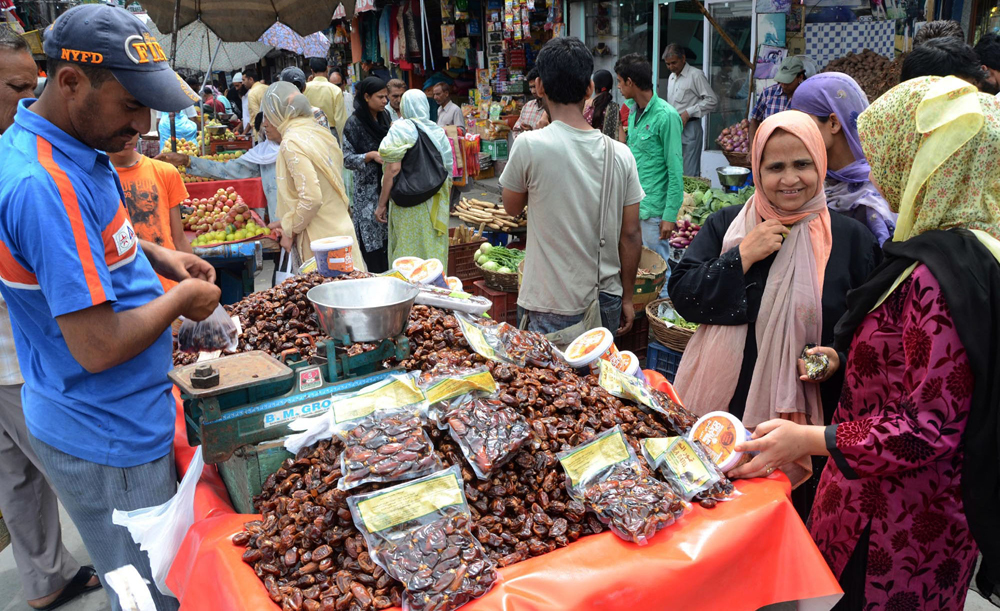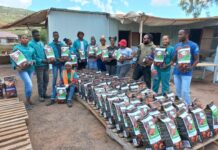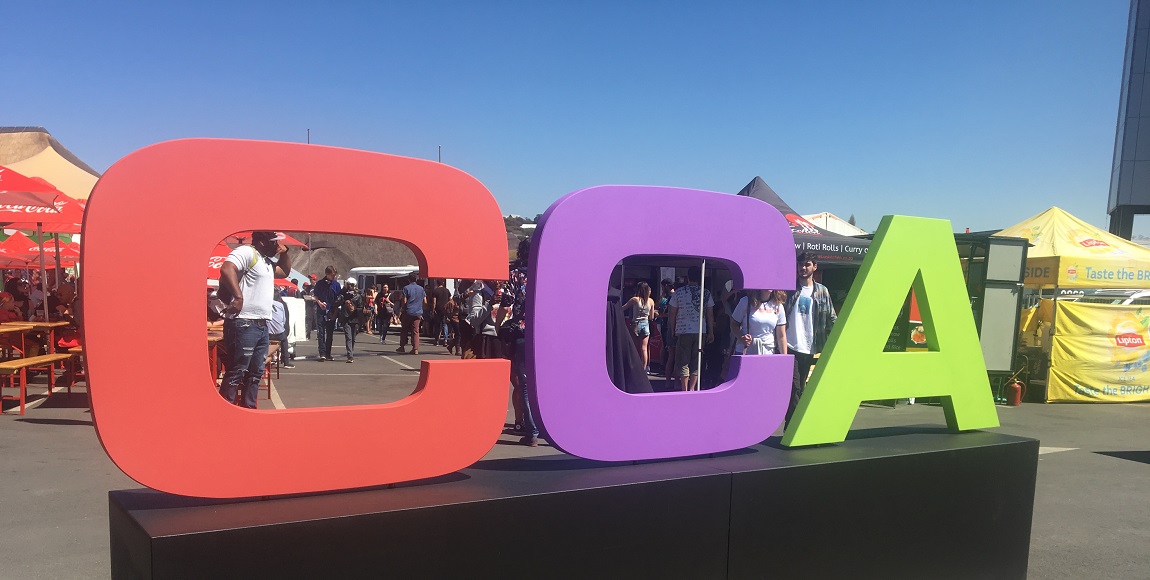
Muslims from all corners of the world have been observing the fast this Ramadan. SHAAZIA EBRAHIM and FATIMA MOOSA scoured the interwebs for pictures of Muslims of different cultures breaking their fast.
Uighur Muslims, China
The Uighur Muslims are a persecuted minority living in China whose religious beliefs are under threat by the Chinese government who want them to renounce Islam. This Ramadan, Turkish media house, TRT World visited the community to find out more about what treatment they are facing by the government as they try to observe the month of fasting.
Today I had iftar with exiled Uighurs in Istanbul. I heard horrific stories of the oppression by China. two Uighurs spoke exclusively to @trtworld about the crackdown in Xinjiang and the devastating impact it has had on them. Our report airs next Wednesday. #Uyghur #Xinjiang pic.twitter.com/rUyyowzpte
— shamim chowdhury (@ShamimInTurkey) June 7, 2018
Bo-Kaap, South Africa
On 25 May, Bo-Kaap residents had a mass boeka. Everyone was invited and asked to bring a little something to eat, along with something extra for the next person. The community hosted the boeka in resistance to the development and gentrification of their homes in the Bo-Kaap. Cape Malay South Africans usually break their fast with dates and water followed by soup and savouries, then curries or bredies. Boeber made of milk, vermicelli, sago, sugar or condensed milk flavoured with cardamoms, stick cinnamon and rose water, is also commonly drunk.
The Bo-Kaap Community Is Fighting For Its Life Against Developers And Gentrifiers
Kashmir
Communal iftar is a tradition the world over and often the young children in a community are given the responsibility of setting the table just before dusk sets in. In Kashmir, this young boy is setting the table with the cutlery and food which the people will use to break their fast.
Makkah, Saudi Arabia
Many Muslims from around the world use the month of Ramadan to descend on the holy cities of Makkah and Medina. In the Grand Mosque of Makkah, long places are set with dates, water, yoghurt, and bread for the fasting Muslims to break their fast with. These are all provided by the Saudi government. Thousands of Muslims congregate in the two mosques throughout the month, celebrating the month with others from around the world.
Delhi, India
India has the second largest population of Muslims after Indonesia and therefore ‘Ramzan’, as it’s known in the country, is celebrated with a lot of enthusiasm. During the month, there is an increase in huge markets in the major cities. In Delhi, the capital of India, there is a market near the Jamaa Mosque, which is filled with people at dusk buying fried items and other sweet stuff to break their fast with.
Nigerian iftar in London, United Kingdom
The Muslim Association of Nigeria hosted a street iftar in London with the Archbishop of Canterbury and members of the Southwark Interfaith Group in attendance. For Nigerians, iftar is a festive affair shared with family and friends. Fruit is a major part of iftar, but Nigerians are also known to eat light foods like corn flour, fried eggs, bread, plantain, fried yam, and roasted corn on the cob.
Pleasure to be welcomed so warmly at the Muslim Association of Nigeria community #Iftar at @OldKentRdMosque last night. It was a joy to share food and conversation with you! #Ramadan pic.twitter.com/RAGFbkXBwT
— Archbishop of Canterbury (@JustinWelby) June 7, 2018
Images from the Old Kent Road Mosque/MANUK Big Street Iftar! pic.twitter.com/ZoYg5MeXnE
— MAN UK (@OLDKENTRDMOSQUE) June 4, 2018
Cairo, Egypt
Ramadan in Egypt is a joyous month: the mosques are lit up, the shops stay open almost all night, the streets are decorated, and the food is abundant. Egyptians love sweet foods during Ramadan from basboosa which is a semolina cake, konafa which is a cheese pastry filled with nuts or cream, and qatayif – a deep-fried pancake-like dough stuffed with nuts. The most important main dishes on the table are a bean dish seasoned with olive oil and garnished with tomatoes and onions, and soup of any kind. Dried fruit is another favourite during Ramadan. Egyptians also drink Amar El-Din which is made of dried apricot and olive oil and other drinks made of carob, tamarind, and licorice.
#Iftar dinner in #Cairo .ðŸ˜ðŸ˜
RT it if u wish to join this dinner.🤪🤪#Ramadhan pic.twitter.com/1kQYeggCxl— ihjas ahmad🦠(@ihjas0) June 6, 2018
Have you ever had Suhur or Iftar in Cairo? 😃 if not, you should try having Suhur or Iftar in one of these wonderful places in #Cairo 🇪🇬😠pic.twitter.com/1JT2eqZ6RO
— Arabeya Cairo (@arabeyacairo) June 10, 2017








